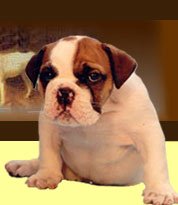By Caroline Barnard
Companion Animal Behaviourist
(This article first appeared in the Spring 2000 issue of Dobe Capers, the newsletter of the Dobermann Club of the Cape, for which Ms Barnard is the behavioural consultant. Reproduced by kind permission of Mrs. Caroline Barnard)




